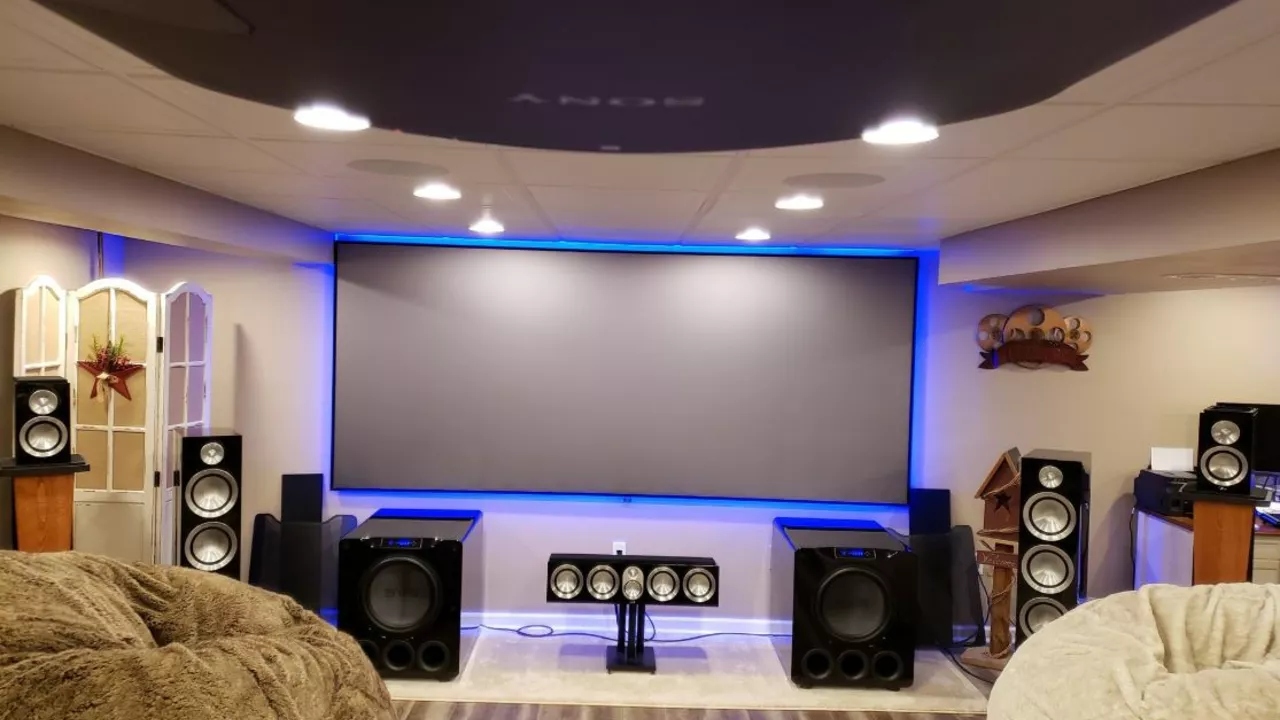Soundbars: The Easy Way to Upgrade Your TV Audio
If you watch TV on a thin‑screen set, you’ve probably noticed the sound feels flat. A soundbar is the quickest fix. It sits right under the screen, adds depth, and doesn’t take up a lot of space. In this guide we’ll cover why soundbars matter, what features to watch for, and how to choose one that fits your room and wallet.
Why a Soundbar Beats the Built‑In Speakers
TV speakers are tiny and aimed at the front of the room. That means dialogue can get lost in explosions or sports crowds. A soundbar has larger drivers and often includes a built‑in subwoofer, so you get clearer voices and a stronger bass punch. Most models also support virtual surround, letting you feel the action move around you without a full 5.1 setup.
Another perk is simplicity. You connect one HDMI ARC or optical cable, and the soundbar handles everything. No need to run multiple speaker wires or calibrate a receiver. For renters or anyone who wants a clean look, this is a win.
Key Features to Look For
Connectivity – HDMI ARC/eARC is the gold standard because it carries both video and high‑quality audio in one plug. If your TV is older, an optical or Bluetooth option can still work, but audio lag may be an issue.
Channels – A 2.1 bar has two left/right speakers plus a sub. A 3.1 adds a center channel, which helps dialogue. If you love immersive sound, a 5.1 system with wireless rear speakers could be worth the extra cost.
Voice Assistants – Many newer bars come with built‑in Alexa, Google Assistant, or Siri. This lets you control volume or switch inputs without a remote.
Size and Design – Measure the width of your TV and match the bar’s length. A bar that’s too long will look odd; too short and you lose stereo balance.
Once you’ve narrowed the list, read a few user reviews. Real‑world feedback tells you if a model’s bass is truly deep or if the Bluetooth drops connections.
Setting up a soundbar is straightforward. Connect the HDMI ARC cable to the TV’s ARC‑enabled port, plug the power cord, and run the on‑screen setup wizard. Most bars will automatically detect the TV’s audio format and adjust settings. If you notice echo or delayed sound, try the “Game” or “Movie” preset, or turn off any built‑in audio enhancements on your TV.Finally, experiment with placement. Keep the bar centered, and if it has a separate subwoofer, tuck it under a couch or a side table for best bass response. A quick power‑on test with a favorite show will let you hear the difference instantly.
Whether you’re streaming sports, binge‑watching a drama, or playing console games, a soundbar gives you richer, clearer audio without the hassle of a full surround system. Pick a model that matches your budget, connect it once, and enjoy a cinema‑like experience from your living room.
